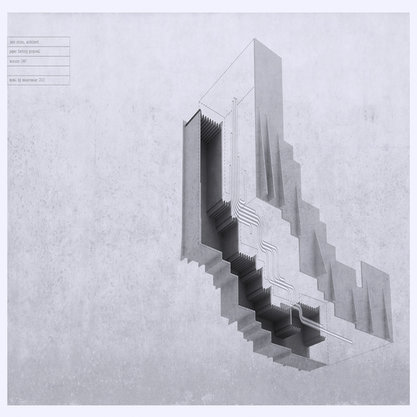Article
Gemayel, Cesar (1898–1958) By Rogers, Sarah Ann
Article
Cesar Gemayel marked a transition in Lebanese art from the commissioned, academic portraits of his predecessors towards the portrayal of landscapes, nudes, and still lifes in oil and watercolor. His work is characterized by experimentation with light, color, and loose brushstrokes in the tradition of European Impressionism. Gemayel apprenticed in the atelier of Lebanese painter Khalil Saleeby (1870–1928), well known for his portraits and nudes depicted with an Impressionist focus on light. In 1927 Gemayel traveled to Paris to study at the Academie Julien (1927–30) and became an admirer of Auguste Renoir. Gemayel returned to Beirut in 1930 and dedicated himself to his art. He was a founding faculty member and one time director of the Department of Art and Architecture (est. 1943) at L’Académie Libanaise des Beaux-Arts (ALBA, est. 1937). Gemayel’s nudes in oil, pastel, and watercolor document a sustained experimentation with the effects of light-infused color and rhythmic brushstrokes. A substantial body of landscapes and still lifes depicted in various degrees of abstraction—hovering between a three-dimensional painted reality and a two-dimensional patterned surface—accompanies his figural work.

